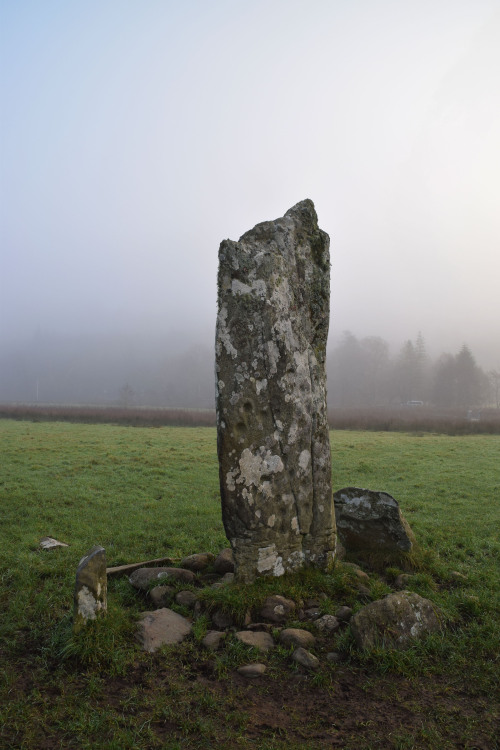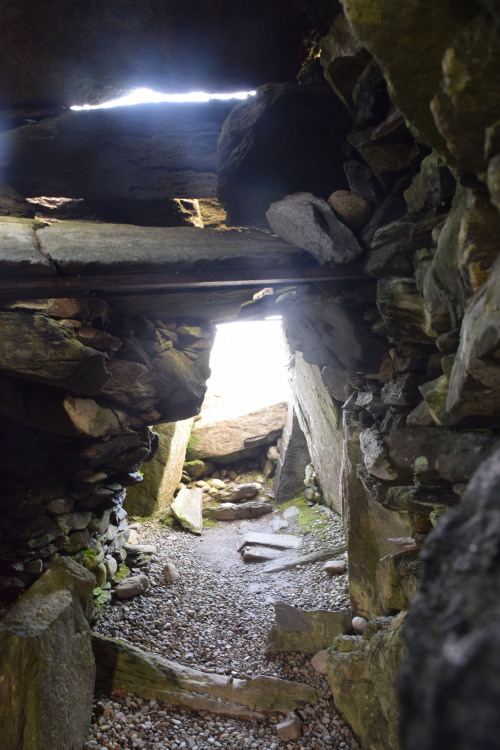#kilmartin glen

Ballymeanoch Prehistoric Standing Stones, Kilmartin Glen, Argyll, Pen and Ink Sketch and Wash, October 2019.

Nether Largie Standing Stone, Kilmartin Glen, Argyll, Pen and Ink Sketch, October 2019.
Kilmartin Glen, Argyll
This area has some of, if not, the highest density of Neolithic monuments and sites in all of Scotland. These 3 sites were all concentrated in and around the same field, but there are many more to the South and North.
The first site we visited are the Nether Largie Standing Stones. The form a line and some suggest that they are aligned with the path of the moon across the sky and may track the lunar cycle. Alternatively, the may be aligned with the sun. Either way, both sun and moon would have been important to Neolithic farmers to grow as many crops as possible. The largest of the Standing Stones also has 23 ‘cupmarks’, semi-circular indentations, which are quite commonly found around Scotland, but are typically associated with Pictish art on the East Coast. Perhaps this reflects who lived here before the Scots tribes came over from Ireland in the Iron Age and settled the West Coast of Scotland, eventually conquering all of it.
A few minutes walk and you arrive at Temple Wood Stone Circle, which is Neolithic, likely from 3000 BC, but people kept using the site and built chambered tombs here well into the Bronze Age, or around 1000 BC. There are two burial cairns, both collapsed, but the smaller one had some burial offerings in it (see the photo below). A clay pot, bone arrowheads and a scraper for funeral rites. Those items can be seen in Kelvingrove Art Gallery and Museum (also check out this video, where I visit Kelvingrove).

The last site we visited was a chambered burial cairn known as Nether Largie South Cairn. This one is well preserved and you can look inside (or climb if you aren’t afraid of disturbing the spirits ;)). It was especially interesting to see this from the air. There is also a small, box-sized shallow pit right next to the large cairn. This is probably the oldest monument in the glen, about 5000 years old, but it also would have been used for longer than that as a sacred site.
You can find my Youtube Vlog here of me visiting these sites.
Post link










